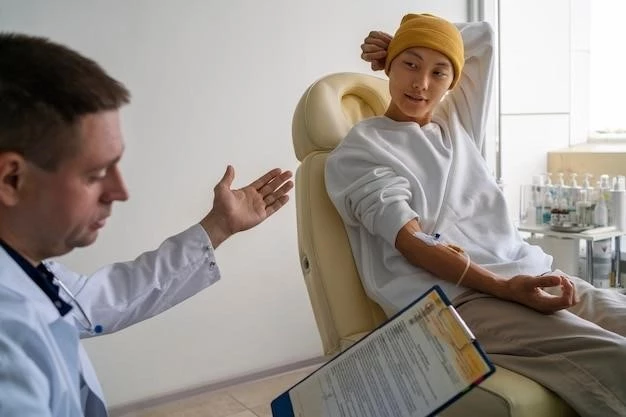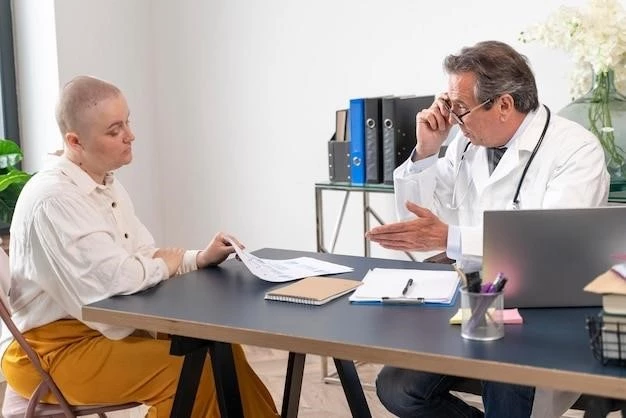Understanding Achondroplasia
Causes of Achondroplasia
Achondroplasia is mainly caused by a genetic mutation in the FGFR3 gene. This mutation leads to abnormal bone growth٫ resulting in the characteristic features of achondroplasia. The condition is typically inherited from a parent who also has achondroplasia٫ but in some cases٫ it can occur spontaneously.
Symptoms of Achondroplasia
Common symptoms of achondroplasia include short stature, disproportionately short arms and legs, large head with a prominent forehead, bowed legs, and a limited range of motion in the elbows. People with achondroplasia may also experience frequent ear infections and orthopedic issues like spinal stenosis.
Diagnosing and Testing for Achondroplasia
Diagnosis of Achondroplasia
Diagnosing achondroplasia often involves physical examinations, medical history review, and imaging tests like X-rays to assess bone growth. Genetic testing can confirm the presence of the FGFR3 mutation. Additionally, prenatal ultrasounds can sometimes detect signs of achondroplasia before birth.
Testing for Achondroplasia
Testing for achondroplasia involves genetic testing to identify the specific FGFR3 gene mutation. This can be done through blood tests or buccal swabs. Prenatal testing٫ such as chorionic villus sampling or amniocentesis٫ can also be performed to detect achondroplasia during pregnancy.
Treating Achondroplasia
Treatment Options for Achondroplasia
Treatment for achondroplasia focuses on managing symptoms and complications. This may include physical therapy to improve mobility, surgical interventions for spinal issues, ear tube placements for recurrent infections, and monitoring growth and development. Multidisciplinary care involving specialists is essential for comprehensive management.
Living with Achondroplasia
Tips and Strategies for Daily Life
Living with achondroplasia may require adaptations for comfort and accessibility. Simple modifications like using step stools, adaptive tools, and ergonomic furniture can improve daily activities. Regular exercise, healthy eating habits, and maintaining routine medical check-ups are crucial for overall well-being. Engaging in social activities and seeking emotional support can also enhance quality of life.

Research and Developments in Achondroplasia
Current Research on Achondroplasia
Ongoing research on achondroplasia focuses on developing potential treatments to address the underlying genetic mechanisms of the condition. Scientists are exploring innovative therapies like gene editing and growth modulation to improve outcomes for individuals with achondroplasia. Clinical trials and collaborative efforts aim to advance our understanding and management of this genetic disorder.
Achondroplasia in Children and Support
What Parents Should Know
Parents of children with achondroplasia should be informed about the condition’s medical aspects, available treatments, and potential challenges. Seeking advice from healthcare professionals, connecting with support groups, and encouraging open communication with their child can help parents provide the necessary care, support, and resources for their child’s well-being.
Support Groups for Individuals with Achondroplasia
Support groups offer individuals with achondroplasia and their families a platform to connect, share experiences, and access valuable resources. These groups provide emotional support, educational materials, and advocacy opportunities. Joining a support group can help individuals with achondroplasia feel empowered, understood, and connected to a community that understands their unique challenges.
